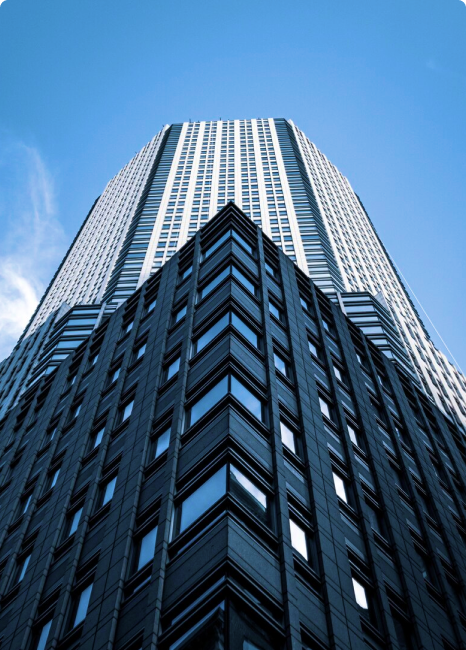Over the last few years, the height industry has undergone a significant transformative phase, with advancements aimed at mitigating human errors and minimising the risks of working at height. Traditional safety management has always heavily relied on reactive measures, such as incident investigations and compliance with safety regulations. While these methods have been imperative, and are still important to this day, they are insufficient to address the complexities of height safety. This is where a data-driven approach comes into play and in this month’s blog, we’re going to take a look at some of the advancements in
fall protection the height safety industry has incorporated into its’ practices.
Advantages of advancements in fall protection in height safety
Customised Training:
Analysing data allows organisations to tailor training programs to specific tasks, environments, and individual worker behaviours. This ensures workers are equipped with the necessary knowledge and skills to navigate potential hazards.
Continuous Improvement:
Data analysis provides a feedback loop for continuous improvement. Organisations can assess the effectiveness of safety interventions over time, refining strategies based on the collected data.
Resource Optimisation:
By pinpointing high-risk areas and tasks, organisations can optimise the allocation of resources and focus their efforts on aspects where they will have the most impact on safety.
Wearable devices
The integration of wearable technology into fall protection, such as smartwatches and specialised safety wearables, are now able to monitor biometric data, issue real-time safety alerts, and even detect falls, which all add an extra layer of security for workers at heights. However, the incorporation of technology doesn’t stop at the physical design. Some of the latest harnesses for example, are also equipped with RFID tags for easy tracking and inventory management. There are also innovations regarding the integration of GPS tracking and communication devices, which offer new ways to monitor worker safety and location on large or complex worksites.
The use of Virtual Reality (VR)
The VR experience uses actual film footage where actors role play the circumstances that lead up to an actual accident. The idea is to make the scenario as realistic as possible and allow trainees to become fully immersed in the action.
Unlike some technologies, the use of VR in safety training doesn’t directly lead to cost savings, but if it’s preventing accidents and therefore preventing downtime on sites, there is a net benefit. Combined with building information modelling (BIM), VR can also be used to help facility managers get to know the buildings they will be responsible for, long before they are actually onsite. This has substantial benefits when it comes to health and safety, particularly when working at height, as it allows workers to see and understand what the maintenance of the building is going to be like before it’s even built.
IOT Integration
The Internet of Things (IoT) offers unprecedented, data-driven insights across businesses, giving them the power to better inform and automate their processes. By using smart sensors, IoT-enabled solutions on construction sites collect and transmit real-time data that can help detect risky behaviour or dangerous situations early on, or before they happen. This allows site managers to act quickly to prevent accidents and injuries, improving worker safety. The sensors can be placed around the building site or be worn by workers (wearable IoT technology) and can even be integrated into safety equipment such as hard hats, safety boots and machinery.
The smart sensors used in the IoT height safety industry collect a range of data related to workers’ activities, movements, location, and health status. Connected to the internet via low-power networks like LoRaWAN (long-range wide area network) or the cellular NB-IoT (narrowband IoT), the sensors allow for data to be transmitted from even the most remote and secluded locations on a building site. By using this real-time data, height safety managers can monitor remotely and take immediate action to prevent accidents and improve overall safety conditions on the construction site.
Want to know more?
This blog has only scratched the surface in regards to the range of advancements in fall protection, and the team at Kerrect are passionate about providing
roof safety solutions and industrial
rope access systems that are of the utmost safety, incorporating the latest technology, fall protection and height safety equipment across every job we perform. For more information,
get in touch with one of our
height safety engineers today.

